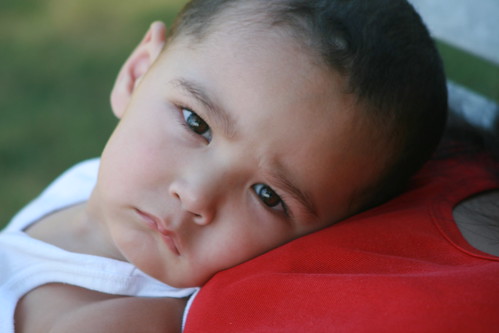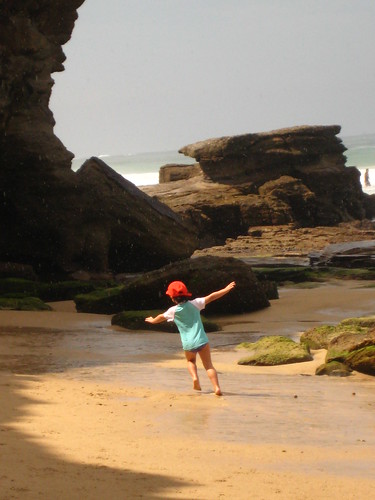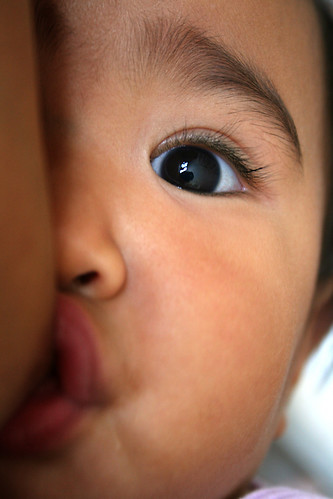Newborn babies communicate with us from birth, in a language all their own. Their body posture, cries, subtle changes in expression, even the reflexes they are born with, speak volumes, but it can be a little bit hard to “understand” a baby’s way of “speaking” if you haven’t spent a lot of time hanging out with them. Well, thanks to the new book Your Baby Is Speaking To You, a visual guide to the amazing behaviors of your newborn and growing baby, by Doctor Kevin Nugent, with photographs by Abelardo Morell, decoding your baby’s subtle cues just might be a little easier and less perplexing. As a professional “baby watcher” I was captivated by this absolutely gorgeous photographic exploration of what a baby’s early postures and communications convey. This is a resource that I will be adding to my recommended books, and giving often as a gift to new and expectant parents. I highly recommend this book to professionals working with newborns and their parents, as well.
Written in a clear, accessible, non-judgmental tone, each two page spread explores a different aspect of a baby’s “language” from sleeping to crying, to eating, to yawning, and more, by juxtaposing a photograph on one side of the page, with a brief explanation illuminating the meaning on the opposite page.From the Introduction:
“Whether it is an arching of the eyebrows or a furrowing of the brow, a splaying of the fingers or a tightening of the leg muscles, these signals are the “words” or “phrases” your baby uses to communicate, the phonemes of his first language, his first words. These behavioral signals are not random: they convey messages , provide information, and tell you what kind of caregiving your baby needs to grow and develop, what he likes or prefers, and what he does not like. Your Baby Is Speaking to You, will tell you how to watch for and interpret all these signals.”
Take a peek inside the book here, but be forewarned, if you’re noise sensitive, you might want to turn the volume off first. (When I showed this clip to a friend, he commented that the “awful sound” accompanying the video detracted from the overall beauty and message being conveyed.)
Update: This article, entitled “Know Your Baby” appeared in The Irish Times on July 26, 2011. It is a fascinating exploration of Dr. Kevin Nugent’s work , and philosophy. Worth the read.

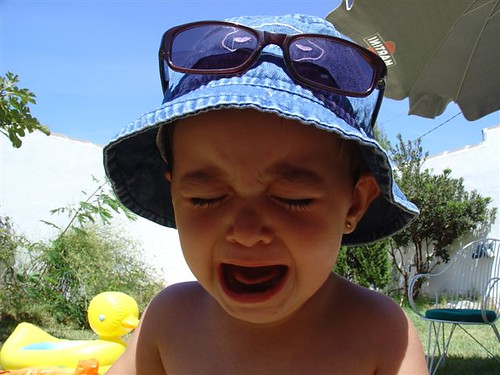
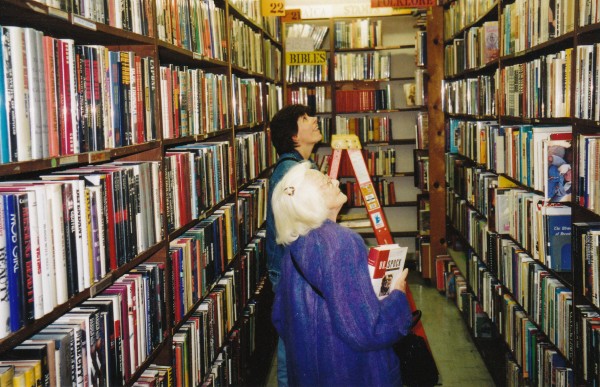
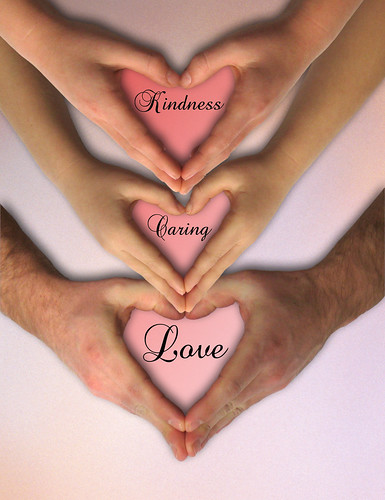 In “Peaceful Babies—Contented Mothers,” pediatrician Dr. Emmi Pikler asks us to consider the importance of the touch of our hands.
In “Peaceful Babies—Contented Mothers,” pediatrician Dr. Emmi Pikler asks us to consider the importance of the touch of our hands.